
-

-
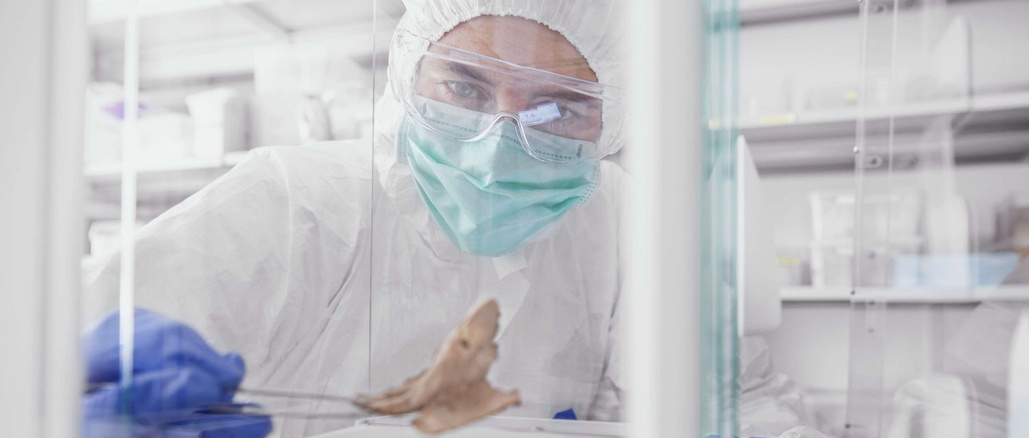 FrontPage
FrontPagePaleobiochemistry
Ancient biomolecules are revolutionizing our understanding of the past and present -
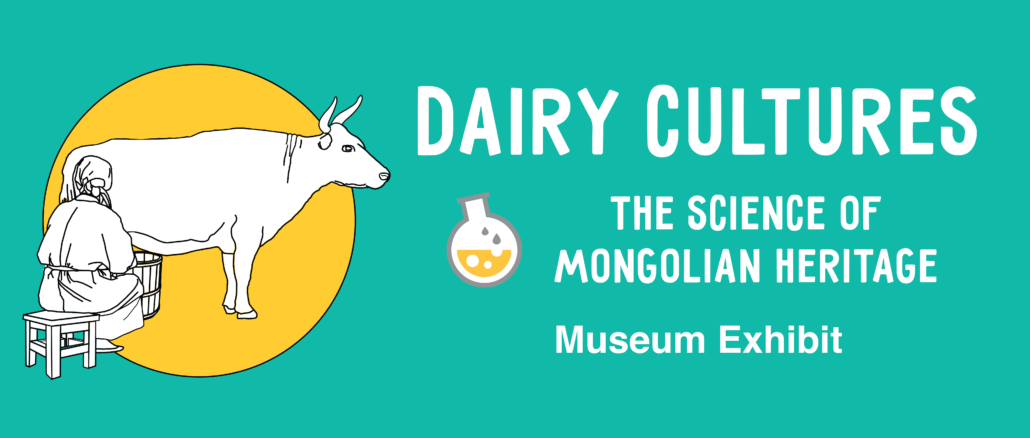 Announcements
AnnouncementsWe launched a Dairy Cultures museum exhibit!
In partnership with the American Center for Mongolian Studies and the Natural History Museum of Mongolia, we launched a new special exhibit: Dairy Cultures – The Science of Mongolian Heritage! Come get a sneak peek [...] -
 FrontPage
FrontPageDairy ethnography
Documenting the dairying traditions of Europe, the Near East, and Inner Asia. -
 FrontPage
FrontPageDairy livestock
Since prehistory, humans have utilized a wide variety of dairy livestock, including cattle, goats, sheep, yaks, camels, and horses. -
 FrontPage
FrontPageMeet our translators!
Over 80 translators have contributed to our Adventures in Archaeological Science coloring book project! -
 FrontPage
FrontPageAncient proteins
Investigating the origins of dairying using dental calculus and ceramic residues. -
 FrontPage
FrontPageOral microbiology
Tracing the evolution and changing ecology of the human oral microbiome. -
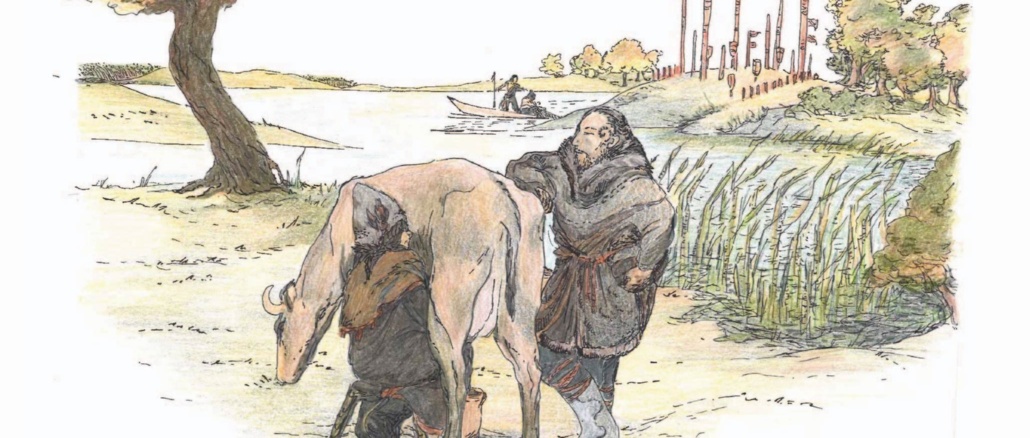 FrontPage
FrontPageTrade and exchange
By combining archaeology and paleogenomics, it is possible to reconstruct remarkable histories of trade and exchange. -
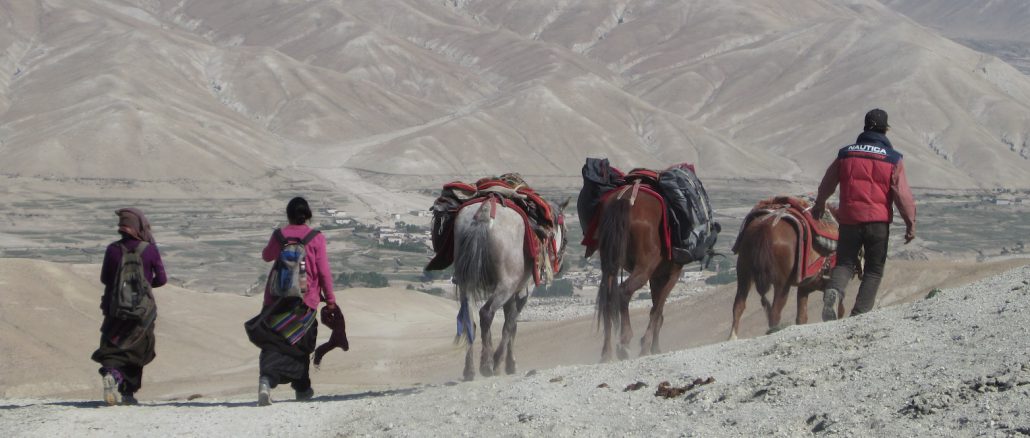 FrontPage
FrontPageHuman adaptation
Genetic and cultural adaptations have allowed humans to colonize nearly every region on earth. -
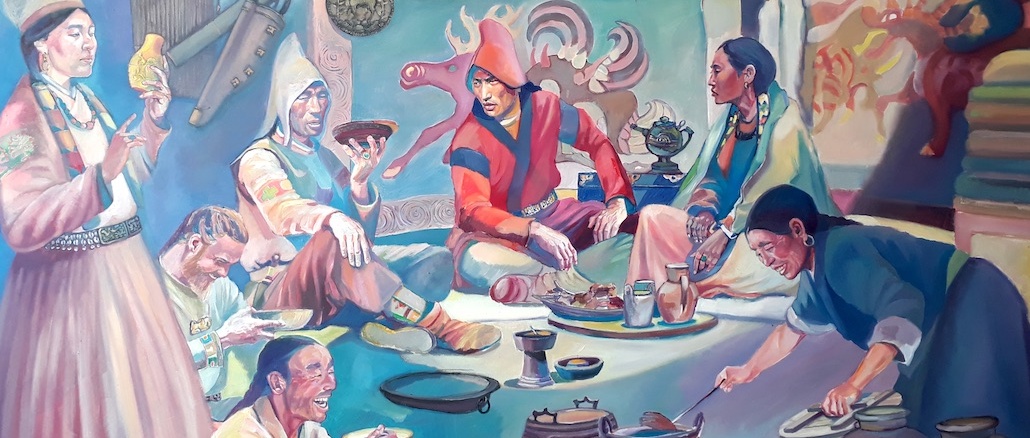 FrontPage
FrontPageAncient peoples
Paleogenomics provides an opportunity to understand the lives of ancient peoples. -
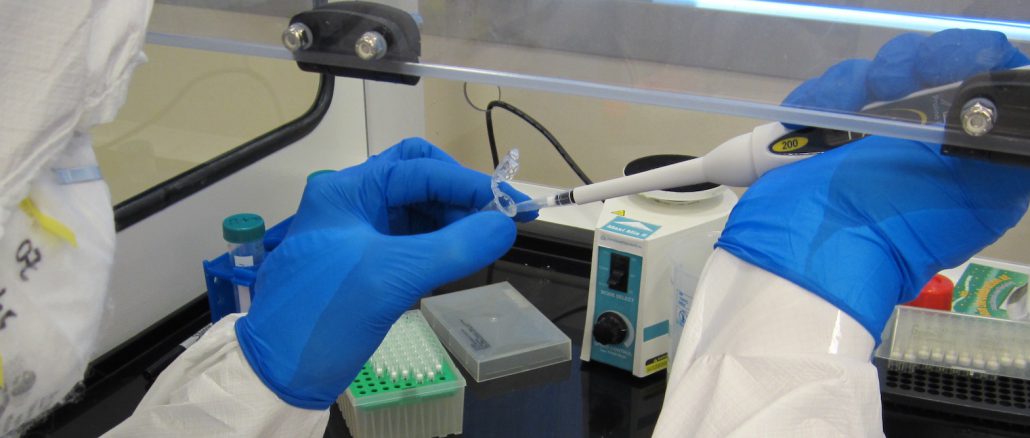 FrontPage
FrontPageGut microbiome
Paleofeces provide a valuable window into ancestral human gut microbiome. -
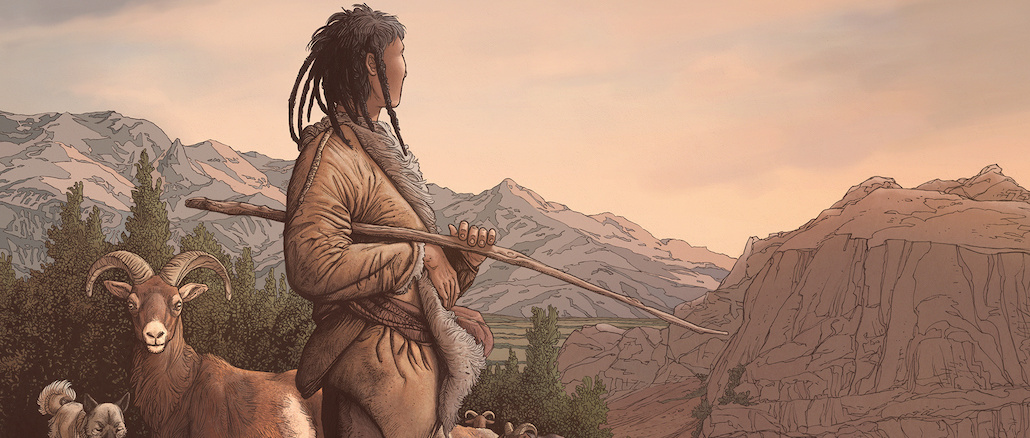 FrontPage
FrontPageZooarchaeology
Multidisciplinary approaches are revealing the Neolithic migrations of ancient pastoralists. -
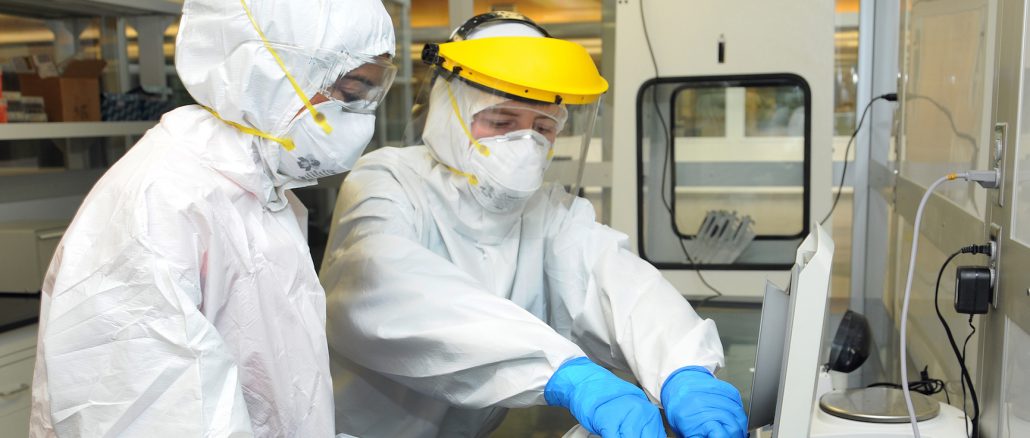 FrontPage
FrontPagePaleogenomics
Ancient DNA reveals the population history of humans and their microbiome. -
 FrontPage
FrontPageTrade and infectious disease
Long-distance traders in Nepal transported goods from the endemic malaria regions of the terai to the Tibetan Plateau via the Himalayan Kora La Pass, spreading malaria to new regions. Artist reconstruction by Purna Lama. -
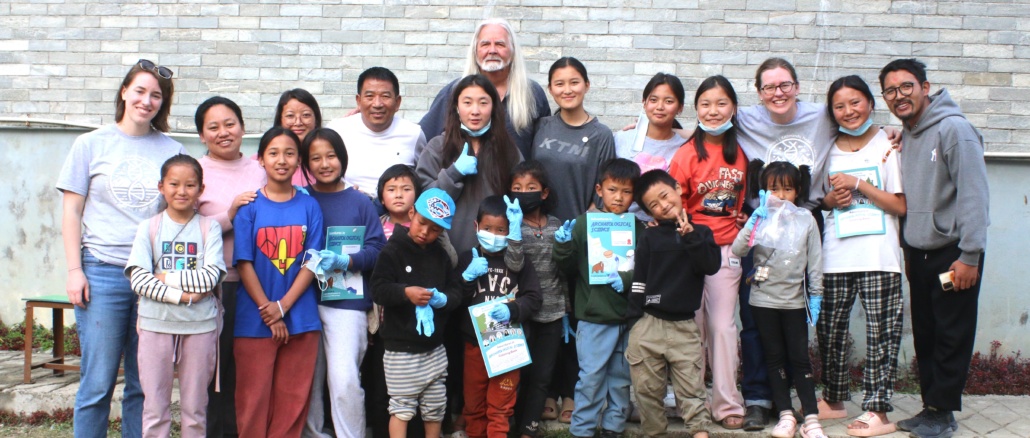 FrontPage
FrontPagePublic Outreach
We partner with universities, museums, schools, and community groups around the world to provide archaeological science-related education and activities. -
 FrontPage
FrontPageHigh altitude evolution
Investigating prehistoric migration and high altitude adaptation in the Himalayas -
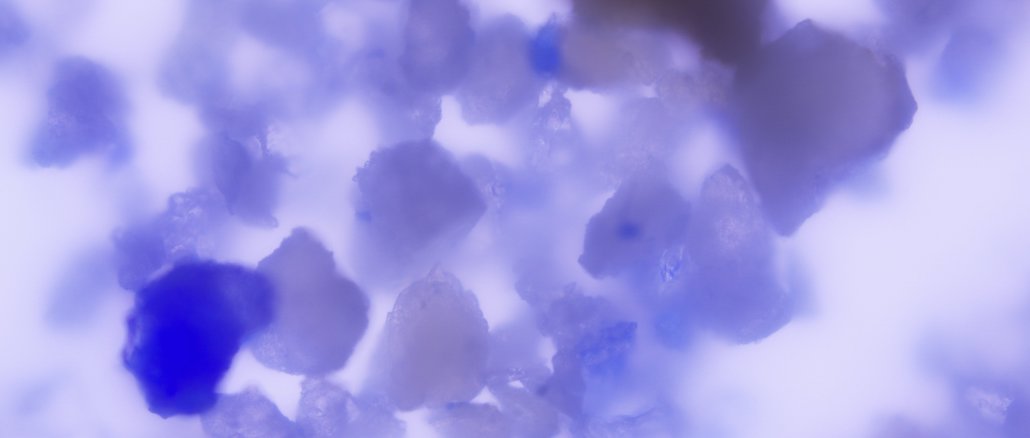 FrontPage
FrontPageMicroscopy
Debris entrapped in dental calculus reveals early use of lapis lazuli by medieval artists.
OUR RESEARCH
We study the long and complicated relationship between humans, their food, and their microbes. In doing so, we study not only the food cultures and microbiomes of people today but also the microscopic and biomolecular traces of foods and microbes that prehistoric peoples left behind - in dental calculus, paleofeces, and pottery residues: an archaeology of the invisible. We then combine this information with paleogenomic studies of prehistoric migrations and human genetic adaptations to build up a picture of our long and tangled dietary and microbial history.
This information can then be used to begin answering questions such as: What does it mean for a human diet to be healthy or natural? Why does the oral microbiome causes disease in more than half the human population? Why is metabolic disease increasing so rapidly in industrialized societies? Why are some people lactose intolerant and others are not? Where do food microbes come from and are they beneficial? How did humans come to have one of the most diverse diets of any species on earth?
The goal of our work is to understand how microbes have profoundly influenced our evolution and how they continue to shape and impact our health today through our microbiome, our food systems, and disease.

CURRENT PROJECTS
Our current research projects focus on:
- The evolution and changing ecology of the oral and gut microbiomes
- Dairying and adaptive evolution in prehistory
- Heirloom microbes
- Gene-culture-microbiome evolution and the ancient invention of dairy foods (DAIRYCULTURES)
- Human migration and adaptation in extreme environments
- Paleobiotechnology

IMPACT
In addition to our articles published in the journals Nature, Science, Cell, Nature Genetics, the Proceedings of the National Academy of Sciences, Current Anthropology, Current Biology, the Proceedings of the Royal Society, the Journal of Human Evolution, and American Anthropologist, among others, our research has been featured in TED Talks, news articles, full-length documentaries and shorts, magazines, comic strips, children's books, coloring books, museum exhibitions, school assemblies, university lectures, government science policy forums, blogs, podcasts, and even ESL textbooks.

OUTREACH
We are committed to public outreach and education. We aim to inform not only our colleagues but also the public about the importance of science research and the impact it has on their daily lives. We partner locally with non-profit organizations in the places that we work to help make science and health education more accessible. We seek to build bridges across disciplines and to create a diverse and inclusive community of scientists, scholars, and public who share a curiosity about the world around us and a passion for answering basic questions about what makes us human.
















